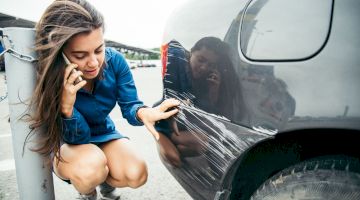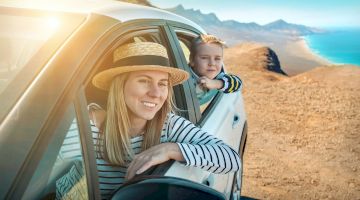- Online car hire since 2005
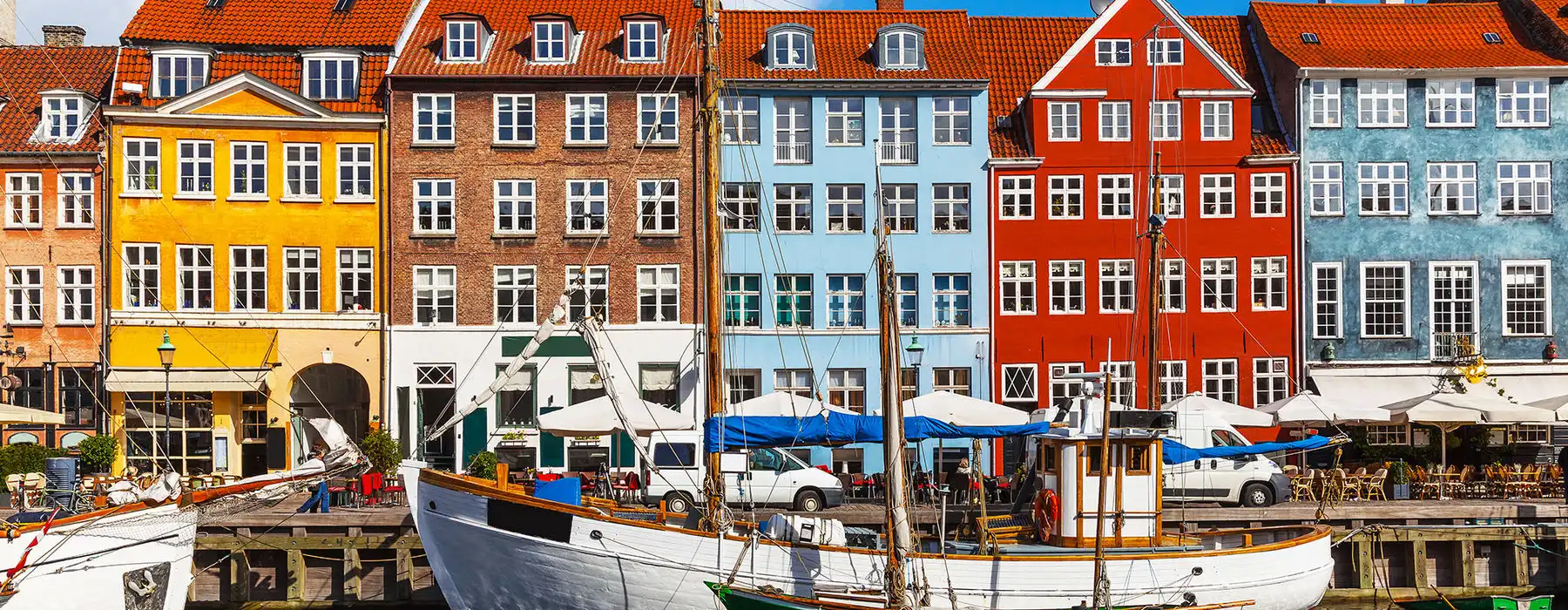
Car hire Denmark
Save time and money. We compare the offers of car rental companies in Denmark on your behalf.
- Free cancellation Up to 48 hours prior to the scheduled pick-up time
- Best price guarantee Have you found a better price? Let us know and we will make you a better offer.
- 24000+ pick-up locations Locations around the world

Car hire Denmark
EasyTerra Car Hire Denmark is an independent car hire comparison site. Our site compares prices from well-known car rental companies so that, as a customer, you can always reserve your car with us at a competitive rate.
Car rental offers in Denmark
Whether you're looking for a small rental car or a station wagon for the entire family, we will always have a suitable vehicle at the lowest price. Below are some examples from our selection in Denmark.

-
Europcar From£ 14 /day -
Keddy By Europcar From£ 16 /day
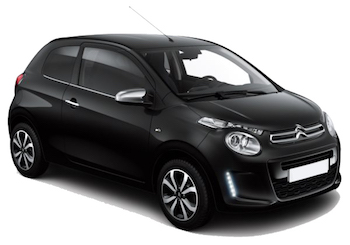
-
Alamo From£ 17 /day -
Enterprise From£ 17 /day

-
Keddy By Europcar From£ 18 /day -
Europcar From£ 26 /day
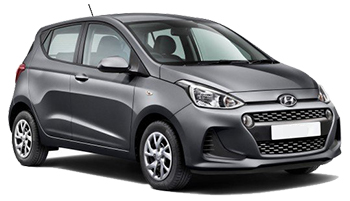
-
Europcar From£ 17 /day -
Keddy By Europcar From£ 17 /day
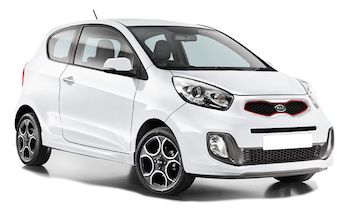
-
Sixt From£ 18 /day -
Budget From£ 19 /day -
Avis From£ 19 /day

-
Sixt From£ 19 /day -
Budget From£ 21 /day -
Avis From£ 22 /day

-
Alamo From£ 21 /day -
Enterprise From£ 22 /day
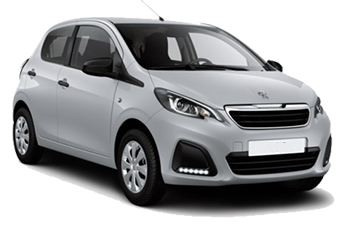
-
Sixt From£ 20 /day

-
Keddy By Europcar From£ 21 /day -
Europcar From£ 30 /day
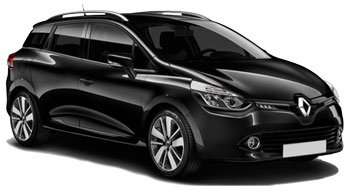
-
Europcar From£ 14 /day -
Keddy By Europcar From£ 17 /day -
Enterprise From£ 32 /day
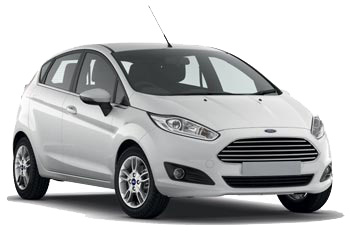
-
Europcar From£ 14 /day -
Keddy By Europcar From£ 16 /day -
Thrifty From£ 21 /day

-
Alamo From£ 21 /day -
Enterprise From£ 22 /day -
Avis From£ 24 /day
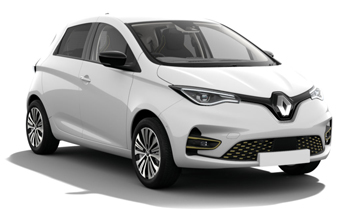
-
Sixt From£ 16 /day -
Avis From£ 20 /day -
Budget From£ 21 /day

-
Sixt From£ 18 /day -
Alamo From£ 38 /day -
Enterprise From£ 38 /day

-
Sixt From£ 21 /day -
Budget From£ 23 /day -
Avis From£ 26 /day
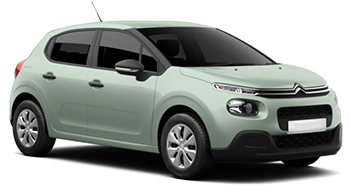
-
Alamo From£ 18 /day -
Enterprise From£ 18 /day -
Avis From£ 21 /day

-
Sixt From£ 18 /day
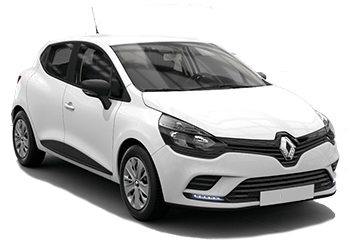
-
Keddy By Europcar From£ 21 /day -
Europcar From£ 31 /day -
Enterprise From£ 35 /day
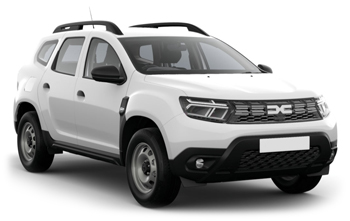
-
Europcar From£ 15 /day -
Keddy By Europcar From£ 17 /day
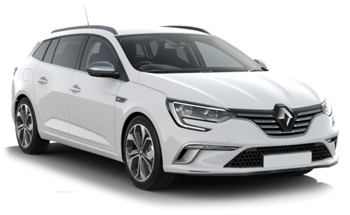
-
Europcar From£ 15 /day -
Keddy By Europcar From£ 20 /day -
Sixt From£ 25 /day
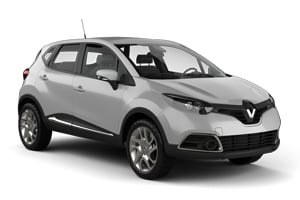
-
Keddy By Europcar From£ 19 /day -
Alamo From£ 25 /day -
Enterprise From£ 26 /day

-
Europcar From£ 15 /day -
Keddy By Europcar From£ 17 /day -
Alamo From£ 22 /day

-
Sixt From£ 17 /day -
Avis From£ 24 /day

-
Keddy By Europcar From£ 19 /day -
Europcar From£ 28 /day
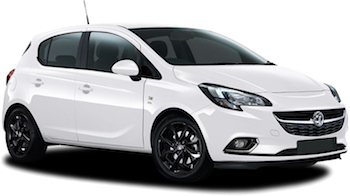
-
Sixt From£ 17 /day
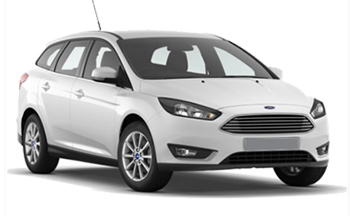
-
Europcar From£ 17 /day -
Keddy By Europcar From£ 18 /day -
Thrifty From£ 21 /day

-
Keddy By Europcar From£ 22 /day -
Europcar From£ 33 /day
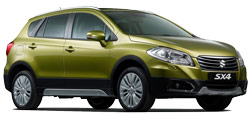
-
Keddy By Europcar From£ 17 /day -
Europcar From£ 19 /day
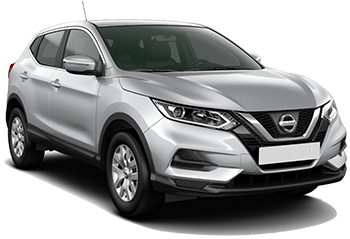
-
Keddy By Europcar From£ 19 /day -
Europcar From£ 19 /day -
Budget From£ 29 /day

-
Keddy By Europcar From£ 21 /day -
Europcar From£ 34 /day
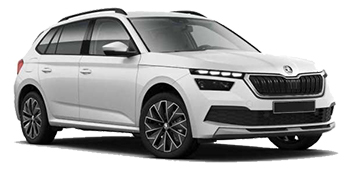
-
Europcar From£ 20 /day

-
Europcar From£ 21 /day -
Keddy By Europcar From£ 22 /day

-
Keddy By Europcar From£ 22 /day -
Budget From£ 34 /day -
Europcar From£ 36 /day
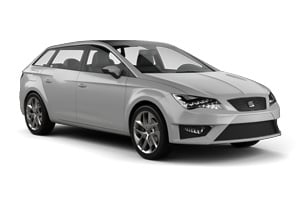
-
Europcar From£ 21 /day
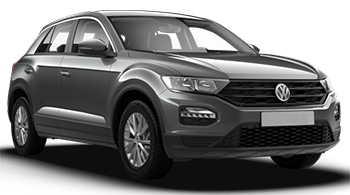
-
Keddy By Europcar From£ 21 /day

-
Keddy By Europcar From£ 22 /day
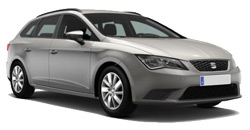
-
Europcar From£ 21 /day -
Keddy By Europcar From£ 23 /day
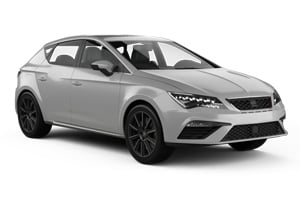
-
Sixt From£ 23 /day

-
Keddy By Europcar From£ 24 /day -
Europcar From£ 37 /day
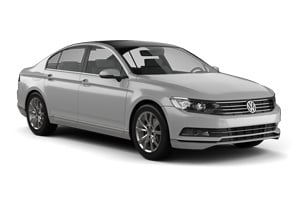
-
Keddy By Europcar From£ 23 /day -
Sixt From£ 33 /day -
Alamo From£ 54 /day

-
Keddy By Europcar From£ 28 /day -
Sixt From£ 40 /day -
Alamo From£ 62 /day
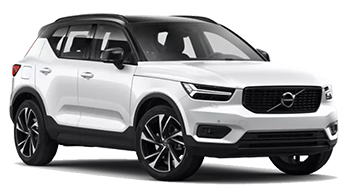
-
Thrifty From£ 24 /day -
Hertz From£ 26 /day -
Alamo From£ 49 /day

-
Europcar From£ 25 /day -
Alamo From£ 31 /day -
Enterprise From£ 33 /day

-
Sixt From£ 28 /day
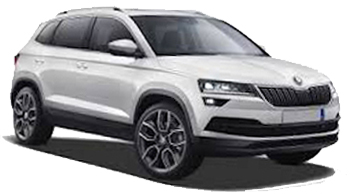
-
Europcar From£ 25 /day -
Keddy By Europcar From£ 31 /day
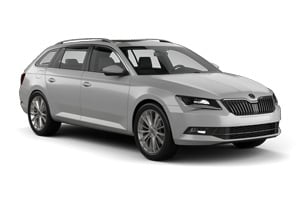
-
Europcar From£ 25 /day
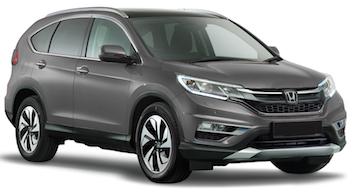
-
Sixt From£ 33 /day

-
Sixt From£ 34 /day
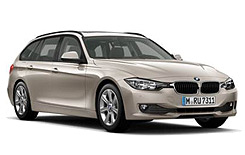
-
Budget From£ 33 /day -
Avis From£ 35 /day -
Sixt From£ 36 /day

-
Sixt From£ 34 /day

-
Sixt From£ 35 /day

-
Sixt From£ 34 /day

-
Avis From£ 36 /day -
Sixt From£ 39 /day -
Budget From£ 40 /day
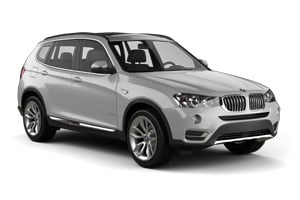
-
Sixt From£ 36 /day
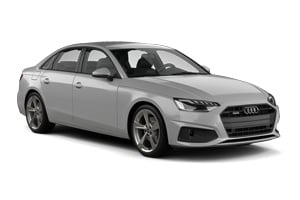
-
Keddy By Europcar From£ 21 /day -
Budget From£ 35 /day -
Alamo From£ 50 /day

-
Keddy By Europcar From£ 27 /day -
Budget From£ 37 /day -
Alamo From£ 53 /day
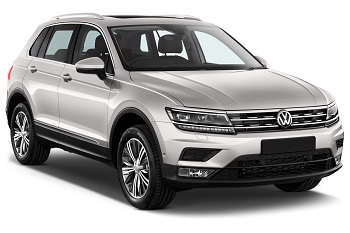
-
Keddy By Europcar From£ 28 /day -
Europcar From£ 35 /day

-
Keddy By Europcar From£ 27 /day -
Europcar From£ 42 /day
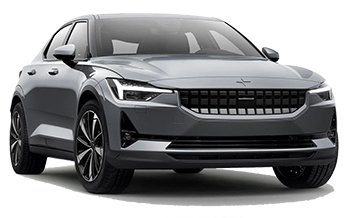
-
Avis From£ 33 /day -
Budget From£ 38 /day -
Europcar From£ 74 /day

-
Avis From£ 33 /day -
Budget From£ 33 /day
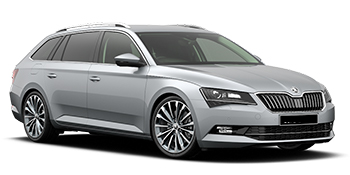
-
Keddy By Europcar From£ 35 /day -
Europcar From£ 49 /day
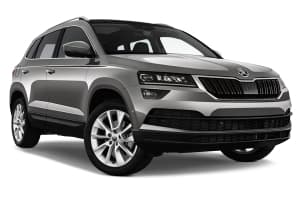
-
Europcar From£ 35 /day
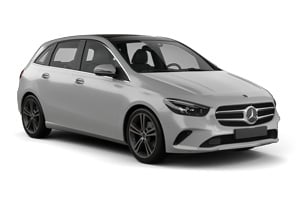
-
Europcar From£ 35 /day

-
Europcar From£ 15 /day -
Keddy By Europcar From£ 20 /day -
Sixt From£ 25 /day

-
Europcar From£ 17 /day -
Keddy By Europcar From£ 18 /day -
Thrifty From£ 24 /day

-
Keddy By Europcar From£ 24 /day -
Europcar From£ 37 /day

-
Europcar From£ 21 /day -
Keddy By Europcar From£ 23 /day

-
Budget From£ 22 /day -
Avis From£ 23 /day

-
Keddy By Europcar From£ 24 /day -
Sixt From£ 31 /day -
Europcar From£ 33 /day

-
Thrifty From£ 24 /day -
Hertz From£ 25 /day -
Europcar From£ 30 /day

-
Keddy By Europcar From£ 25 /day -
Hertz From£ 29 /day -
Europcar From£ 42 /day

-
Budget From£ 25 /day
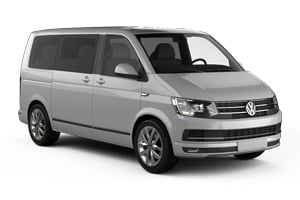
-
Sixt From£ 34 /day -
Alamo From£ 78 /day -
Enterprise From£ 276 /day
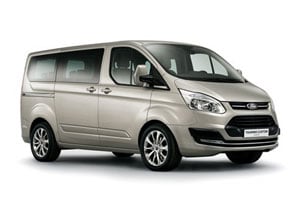
-
Sixt From£ 36 /day
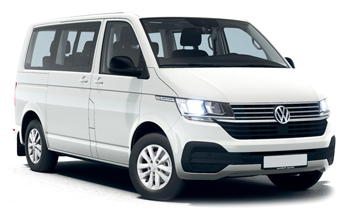
-
Sixt From£ 37 /day

-
Sixt From£ 36 /day

-
Sixt From£ 37 /day -
Alamo From£ 81 /day

-
Sixt From£ 39 /day
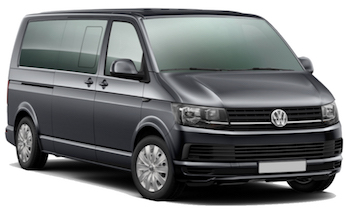
-
Budget From£ 46 /day -
Avis From£ 46 /day -
Alamo From£ 77 /day

-
Avis From£ 46 /day -
Budget From£ 46 /day -
Alamo From£ 81 /day
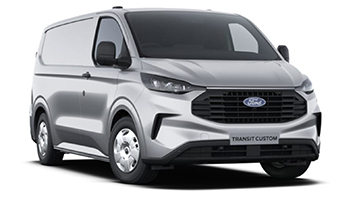
-
Europcar From£ 47 /day -
Keddy By Europcar From£ 57 /day

-
Europcar From£ 20 /day -
Keddy By Europcar From£ 21 /day -
Alamo From£ 31 /day

-
Sixt From£ 20 /day

-
Keddy By Europcar From£ 22 /day -
Alamo From£ 36 /day -
Europcar From£ 36 /day

-
Alamo From£ 22 /day -
Enterprise From£ 23 /day

-
Sixt From£ 22 /day

-
Thrifty From£ 24 /day -
Hertz From£ 26 /day -
Alamo From£ 42 /day

-
Alamo From£ 26 /day -
Enterprise From£ 28 /day

-
Thrifty From£ 25 /day -
Hertz From£ 26 /day -
Budget From£ 29 /day

-
Sixt From£ 28 /day
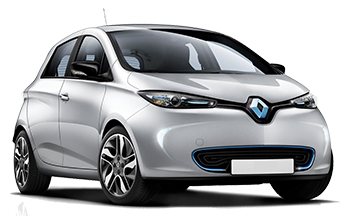
-
Sixt From£ 16 /day -
Avis From£ 20 /day -
Budget From£ 21 /day
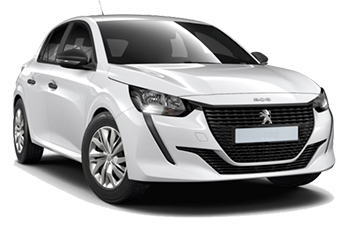
-
Thrifty From£ 21 /day -
Hertz From£ 29 /day

-
Budget From£ 24 /day -
Avis From£ 25 /day

-
Thrifty From£ 21 /day -
Hertz From£ 31 /day

-
Budget From£ 22 /day -
Avis From£ 23 /day -
Alamo From£ 25 /day

-
Budget From£ 26 /day -
Avis From£ 26 /day -
Alamo From£ 28 /day

-
Thrifty From£ 24 /day -
Hertz From£ 26 /day -
Alamo From£ 42 /day
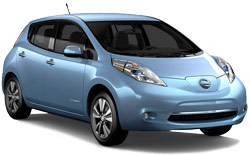
-
Budget From£ 28 /day

-
Budget From£ 25 /day
Popular cities in Denmark

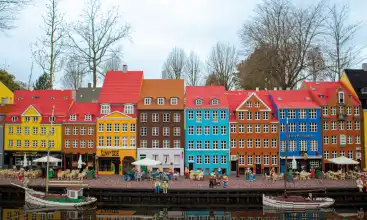
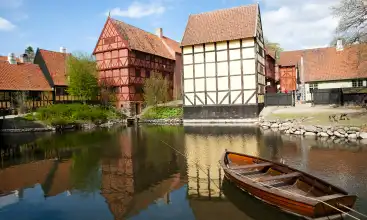
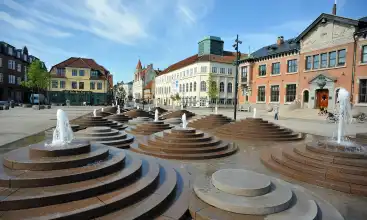
Useful tips for a well-prepared trip
Which insurance should I choose, and what's the deal with the deposit? Read our articles with useful information and tips to ensure you choose the right rental car for you.
Car rental locations in Denmark
EasyTerra Car Hire compares rental car prices at the following destinations

Location information for Denmark
Denmark is best explored by rental car. EasyTerra Car Hire has over 46 pick-up locations in Denmark. This means there is always a pick-up location close to your destination.
Most popular car hire locations in Denmark
Introduction
Denmark is a country abounding in water and is largely surrounded by seas. This means you can enjoy lovely boat trips and delicious fish dishes. Culture lovers can visit castles, estates and museums. Also, there are many remains from the days of the Vikings. Denmark is a suitable holiday destination with families with small children. Legoland is a famous attraction that nobody who visits Denmark should miss. In addition, there are plenty of beautiful, wide and sandy beaches.
History
Like Norway and Sweden, Denmark was inhabited by the Vikings from the 9th to the 11th century. The Vikings were known for their tendency to plunder other parts of Europe. At the end of the tenth century, the Danish kings managed to conquer Sweden. The monarchy was very important in Denmark and the king occupied a powerful position. In the thirteenth century, the nobility decided to restrict the power of the king; King Erik V was forced to sign a charter (this document is seen as the country's first constitution).
In 1397, Denmark, Sweden and Norway were united in a monarchy: the Union of Kalmar. The union was formed by the Danish Queen Margareta. The Swedes did not agree with the centralization of power in Denmark. In 1532, this led to the dissolution of the union. However, Norway continued to be part of Denmark. In 1536, Christian III adopted Lutheranism as Denmark's state religion.
Since the collapse of the Union of Kalmar, Denmark was continuously at war with Sweden. On land, the Swedes were stronger; at sea, the Danes were invincible. Both Sweden and Denmark managed to conquer large parts. During the 18th century, Denmark came into conflict with other countries in Europe as well. The English fleet was dangerous, and Russia chose England's side. Denmark was forced to cooperate with the French, under Napoleon. After Napoleon's defeat, Denmark was severely punished for supporting France: it had to give up Norway to Sweden.
Denmark was no longer a major power, and a while later it had to give up its colonies. In 1839, Christian VIII was the king of Denmark. Although he desired absolute power, the people resisted more and more against the power of the monarchy. Christian decided to modify the constitution in such a way that Denmark gradually became a parliamentary democracy. In 1848, Frederik VII even abolished the absolute monarchy altogether. After that, there were a number of wars about who controlled part Danish/part German Schleswig-Holstein. The Danes lost the Second Schleswig War and had to give the territory to the Germans.
During the First World War, Denmark remained neutral. During the Second World War, Denmark tried to remain neutral again. However, in 1940 Germany invaded Denmark and occupied the country for five years. After the Second World War, Denmark became a member of the United Nations. In 1973, it also became a member of the European Union. Despite its membership, the country's relationship with the EU is a tricky business. When other countries decided to adopt the euro as their national currency, Denmark decided against it.
Society and Culture
Denmark has about 5.5 million inhabitants, 85% of whom live in and around urban areas. The rest lives on the Danish islands, on the Jutland peninsula and in (the semi-autonomous areas of) Greenland and Faroe. The average population density is 126 people per square kilometre. There is only a small percentage of foreigners in Denmark, mostly Germans and Scandinavians.
The large majority of Danes speaks Danish. There are various dialects. Greenland and Faroe have their own languages (Greenlandic and Faerörsk). In South-Jutland people also speak German. Danish is related to the other Scandinavian languages. Many Danes also speak English and German.
The national church in Denmark is the Evangelical-Lutheran Church. About 85% of the population adheres to this religion. Other people are Roman-Catholic, Protestant, Jewish or Muslim. In modern Danish society religion does not play a central role anymore.
In Denmark, there is a lot that reminds of the days the Vikings ruled the country. There are various museums displaying archaeological artifacts. Furthermore, Danish Design is famous throughout the world. Danish Design is characterized by its simple lines and lack of details. Theatre lovers will enjoy themselves the most in Copenhagen. A well-known tourist attraction is the theme park Legoland (a miniature world made completely with Lego, situated in Billund). Many tourists also visit the statue of the famous Hans Christian Andersen. He is known all over the world for his beautiful fairytales and stories.
Political Situation
Denmark is a constitutional monarchy headed by queen Margarethe II. The power of the queen is limited. Together with parliament, the Folketing, she controls the legislative power. The parliament consists of one house with 179 members. Forty seats are awarded to parties that have not managed to reach the electoral threshold. Greenland and Faroe also have two seats. Parliamentary elections take place every four years. All Danish men and women of 18 years and older are eligible to vote. From time to time there are also referenda.
The queen and ministers are responsible for the executive power. The ministers are responsible to the parliament. Prime Minister Anders Fogh Rasmussen is the current head of government.
In Denmark there are various political parties. No party has ever managed to gain an absolute majority of votes. Since 1945, the Social-Democratic Party has played an important role. At the moment, the social-democrats lead the opposition parties. The liberals, conservatives and the Danish Popular Party won a majority of the votes and formed a coalition together.
In Denmark, there are 275 municipalities that are divided among 14 provinces. Like parliament, municipal and provincial governments are elected every four years. Mayors are elected by city council members.
Economy
Originally, many Danes lived from agriculture. After the Second World War, industry became more important, and these days, agriculture contributes no more than 5% to the country's GDP. Some important agricultural products are sugar, potatoes and turnips. Many agricultural products are exported to other EU countries.
In addition to agricultural products, Denmark also exports a lot of fish. The Danish fishing industry is extensive. Other export products are food products, chemical products, machines and metals. Denmark exports products to EU countries (especially Germany and Sweden) and the United States. In return, Denmark imports vehicles, fuel and machines. Important import countries are Germany, Sweden and Norway.
In recent years the Danish economy has grown. In 2003, Denmark was one of the world's ten richest countries. Denmark has not adopted the euro as its national currency. Instead it has decided to keep the Danish Kroner (DKK). Price levels in Denmark are about 10% higher than they are in The Netherlands.
Geography and Climate
With a surface of over 43,000 square kilometres, Denmark is the smallest country of Scandinavia. Denmark is situated north of Germany and consists of two parts: the Jylland (Jutland) peninsula and the island of Sjaeland (Seeland). Jutland covers the main part of Denmark and it connects the country to mainland Europe. Sjaeland is the largest island of Denmark; it is also where the nation's capital Copenhagen, is located. Greenland and Faroe are part of the Kingdom of Denmark. These areas are completely self-governed.
Denmark is a country abounding in water and it has a very extensive coastline of about 7,300 km, mainly due to the numerous islands (more than 400!). The Danish coast is made up of sandy beaches, dunes, dykes and mud flats. Denmark borders on various seas: the Skagerrak (in the north), the North Sea (in the west), the Kattegat, the Sont and the East Sea (in the east). Because Denmark only borders on Germany (the south), its entire land border is no more than 67 km.
Denmark has a moderate maritime climate. The westerly winds provide moderate, mild temperatures. The climate is influenced by the temperature of the North Sea. This means that winters can be cold, while summers are often mild and sunny. February is the coldest month of the year, with temperatures below freezing point. July is the warmest, with temperatures around 17 degrees Centigrade. In May and June, precipitation is the lowest; August, September and October are generally the wettest months. The least precipitation falls on the Jutland peninsula.
Traffic and Infrastructure
There are various ways to travel to and from Denmark. By car, the country can be reached fastest via Bremen and Hamburg (Germany). From a number of large European cities there are also trains that go to Copenhagen. For instance, there are international trains from Paris and Amsterdam. It is also possible to visit Denmark by bus.
A country such as Denmark, with all its water, needs excellent maritime facilities. There are various bridges connecting Denmark to other countries. The country's largest bridge connects Falster and Seeland. The islands of Funen and Seeland are connected via a 20 kilometer long bridge-tunnel connection. It is also possible to take a ferry from Denmark to Germany, Sweden, Norway and Copenhagen, Aarhus, Aalborg, Fredericia and Esbjerg.
Many tourists visit Denmark by plane. The two international airports are Kastrup (the airport of Copenhagen) and Billund Airport (Jutland). From Copenhagen there are flights to various national airports: Esbjerg Airport, Aalborg Airport, Aarhus Airport, Odense Airport and Ronne. The Danish airline companies are Maersk Air and SAS (Scandinavian Airlines).
The railways are largely state owned. The total length of the railway network is some 2,644 kilometers. Public transport is good, and often it is permitted to take bicycles onto the train. Denmark's road network measures 72,257 km. Only part of these are highways (some 1,660 km). At the moment, there is much attention to the infrastructure in Denmark.
Time zone
Denmark has a time zone of GMT +1. This is Central European Time (CET). Daylight saving time is between April and October. During that time, the clock is moved forward one hour.
Food and Drink
Food in Denmark is healthy and tasty. Due to the abundance of water, there are many fish restaurants. Herring is one of Denmark's specialties, and it is available in many varieties (smoked, marinated, with a sauce, etc.). A typical Danish delicacy is 'smorrebrod' (sandwiches). Wienerbrod is a well-known Danish cake made of puff pastry, almond and cinnamon. Another specialty is the Danish 'koldt bord' (cold buffet), consisting of both warm and cold snacks. In stands on the street, little red sausages are sold. These sausages are very popular among the Danish population.
With herring, many Danes drink the so-called 'Akvavit'. This is a kind of brandy that has to be served very cold. Because of the high taxes, alcoholic beverages are often relatively expensive. Beer and wine cost about as much as they do in the rest of Europe. Carlsberg is a beer that is made in Denmark. It is often advised not to drink the tap water; it is better to buy bottles of mineral water.
Accommodation
Thanks to the growth of the tourist sector, many forms of accommodation are available in Denmark. There are hotels everywhere in a variety of prices and quality. Especially in Copenhagen, there are various hotels. In Jutland there are many holiday cottages available. It is also possible to spend the night cheaper: Denmark offers enough hostels and campsites. If you want to go camping in Denmark, you need a valid camping pass, which you can buy at campsites throughout Denmark.
External Sources
For more information about Denmark, we recommend Google and the following sources:
Practical information
-
CurrencyDanish krone
-
Driving directionRight
-
City speed limit50 km/h
-
Freeway speed limit80 km/h
-
LanguageDanish
-
Popular car categoryCompact
What most people want to know
The following questions and answers are a selection of the most popular questions. If you do not find the answer to your question, have a look at the Frequently Asked Questions page or contact us.
- Hertz
- Europcar
- Alamo
- Budget
- Enterprise
- Sixt
- Thrifty
- Keddy By Europcar
- Avis
- Flizzr
- Dollar Rent a Car
- National Car Rental
- Your Rent
